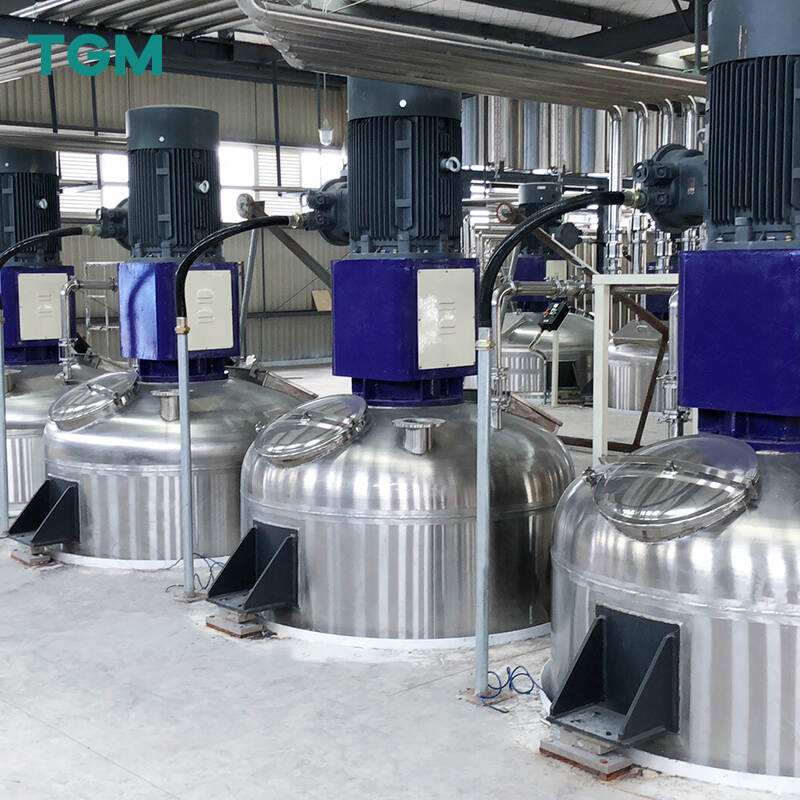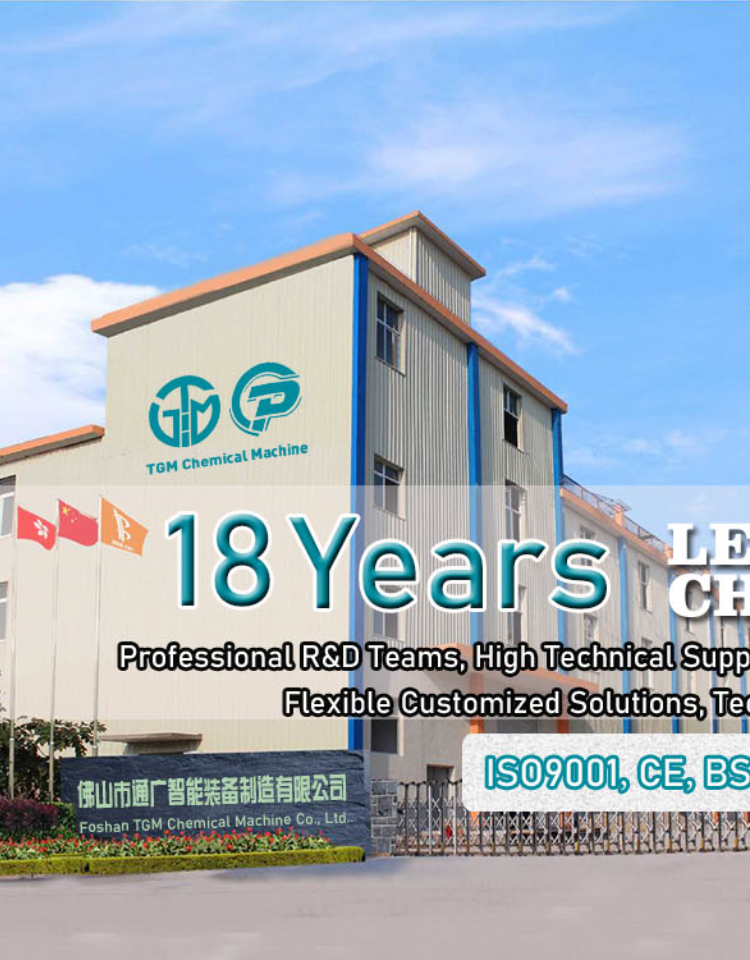Email cannot be empty
Password cannot be empty
Email format error
Email cannot be empty
Email already exists
6-20 characters(letters plus numbers only)
The password is inconsistent
Email format error
Email cannot be empty
Email does not exist
6-20 characters(letters plus numbers only)
The password is inconsistent


Epoxy Resin Production Line: A Comprehensive Overview
Introduction
Epoxy resin is a versatile and widely used polymer known for its strong adhesion, chemical resistance, and durability. It is utilized in industries such as coatings, adhesives, electronics, and composites. The production of epoxy resin involves precise chemical reactions and advanced manufacturing processes. In this blog, we will explore the key stages of an epoxy resin production line.
Key Steps in Epoxy Resin Production
1. Raw Material Preparation
The primary raw materials for epoxy resin production are:
-
Epichlorohydrin (ECH) – A key reactant.
-
Bisphenol-A (BPA) or other phenols – Determines the resin's properties.
-
Catalysts & Additives – Used to control reaction speed and final product characteristics.
These materials must be purified and measured accurately before processing.
2. Reaction Process (Polymerization)
The core production step involves a chemical reaction between epichlorohydrin and bisphenol-A in the presence of a catalyst (usually sodium hydroxide). The process includes:
-
Pre-reaction Mixing – Raw materials are combined in a reactor under controlled temperatures.
-
Condensation Reaction – Epichlorohydrin reacts with BPA to form a prepolymer.
-
Dehydrochlorination – Sodium hydroxide removes hydrochloric acid, leading to epoxy group formation.
This step requires precise temperature and pressure control to ensure optimal molecular weight and viscosity.
3. Washing & Purification
The crude epoxy resin contains impurities (e.g., salts, unreacted chemicals). Purification involves:
-
Water Washing – Removes residual salts and byproducts.
-
Solvent Extraction (if needed) – Further purifies the resin.
-
Filtration – Eliminates solid impurities.
4. Solvent Removal & Drying
Excess solvents or water are removed using:
-
Vacuum Distillation – Evaporates solvents under reduced pressure.
-
Drying Ovens – Ensures complete moisture removal.
5. Modification & Blending (Optional)
Depending on the application, the epoxy resin may be modified with:
-
Reactive Diluents – Reduce viscosity for easier application.
-
Fillers & Additives – Enhance flame resistance, flexibility, or UV stability.
-
Pigments – For colored epoxy products.
6. Quality Control & Testing
Before packaging, the epoxy resin undergoes rigorous testing:
-
Viscosity & Gel Time – Ensures proper curing behavior.
-
Epoxy Equivalent Weight (EEW) – Measures reactivity.
-
Purity & Clarity Checks – Confirms absence of contaminants.
7. Packaging & Storage
The final epoxy resin is packed in:
-
Drums, Jerry Cans, or Intermediate Bulk Containers (IBCs) – For industrial use.
-
Small Containers – For retail or specialized applications.
Proper storage conditions (cool, dry environment) prevent premature curing.
Conclusion
The epoxy resin production line is a sophisticated process requiring precise chemical control, advanced equipment, and strict quality checks. By optimizing each stage—from raw material handling to final packaging—manufacturers can produce high-performance epoxy resins for diverse industrial applications.

